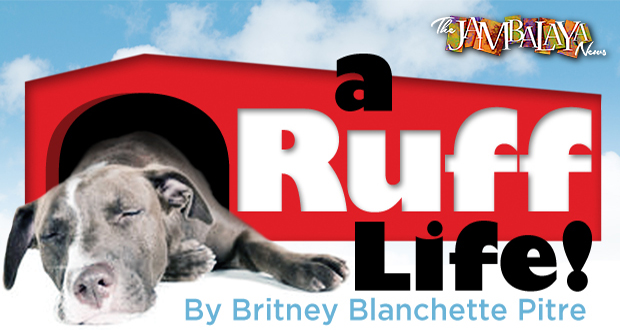Chewing is a natural and healthy behavior for dogs. However, it can be quite frustrating, and expensive when Fido decides to chew your shoes, remote, phone, glasses, etc.! There are many very simple solutions to teach your dog what is appropriate to chew and what is not.
The most important thing to remember is that you cannot stop unwanted behavior, and you cannot reward wanted behavior unless you are actually there to witness the dog in the act of chewing. Dogs live in the moment, and they don’t have morals like we do. So, if your dog chews something, and you were not there to actually witness it, there is absolutely nothing you can do about it. You must be preemptive and proactive, rather than be reactive. In other words, you must set your dog up for success. Don’t wait until the dog chews on something to react—make it so that chewing your things is not an option.
The first thing you need to do to set your dog up for success is to place items that you do not want chewed out of your dog’s reach. Have a good variety of toys, and change them out every few days so that she does not get bored. Also, your dog needs to be supervised 100 percent. When 100 percent supervision is not possible, she needs to be confined to a small area, like a kennel/crate, a utility room, a hallway, or a bathroom. This is called being proactive—you are taking away all opportunities for your dog to chew your belongings.
There are some other ways to be proactive, rather than reactive. Daily walks on a leash around your neighborhood are a must! This is different than letting your dog run around freely in your yard, or playing with another dog. When you walk your dog, she smells new smells, sees new sights, hears new sounds, and she has to pay attention to you—where you’re walking, where you’re turning, etc. Also, the walk is controlled. Due to all of these factors, your dog is being physically and mentally stimulated. Running around in the yard may be great exercise and physical stimulation, yet there is not much mental stimulation occurring. When a dog is both mentally and physically stimulated, she is not bored or anxious. When a dog isn’t bored or anxious, she doesn’t feel the need to chew, bark excessively, jump, etc.
Another great way to stimulate your dog mentally and physically is to get rid of the food bowls. Yes, you read correctly—get rid of the food bowls. Instead of feeding her out of a bowl, feed her out of an interactive dog toy. There are literally dozens of great interactive toys and dog food puzzles available at our local pet stores, and online. Two of my favorites are Kong Wobblers and Buster Cubes. Rather than pouring your dog’s food into a bowl every day, fill up one of these toys, and then watch her have so much fun at mealtimes! By the time she is finished eating, she will be worn out—mentally and physically. Plus, she will also have a full belly! I know I don’t want to do much when my belly is full! These toys are very durable, and can be cleaned just as easy as a bowl.
Last, you need to know what to do when you DO actually catch your dog in the act of chewing. First, remember to always substitute an unwanted behavior with a wanted behavior. Also, as previously mentioned, dogs do not have morals like we do, so there is no point in punishing with physical punishment—ever! If you punish your dog when you catch her, you will teach her to only chew when you are not present. Also, physical punishment triggers a dog’s fight or flight response, thus eventually making the dog aggressive, and/or highly anxious.
So, instead of punishing, redirect your dog to a toy that is appropriate for chewing. When you catch her, say, “eh eh,” take the item away from her, and give her a chew toy. When she begins chewing the toy, be sure to give lots of praise! You will have to redirect many times until your dog gets it. I like to use “eh eh,” rather than “no” because we use the word “no” so much in daily conversation. Your dog can easily be desensitized to the word “no.”
Be patient. Remember that chewing is natural for dogs, and learning takes time. Do not give up. Your dog will eventually get it. You will not have to confine her for the rest of her life when you cannot watch her 100 percent. Chewing is like potty training—it will take some time and there will be some “mistakes” here and there along the way. I am confident that you and your fur baby can do it!
Until next time, Happy Training!
Britney Blanchette Pitre, CPDT-KA
Bons Chiens Dog Training, LLC.
a Ruff Life is a monthly column featured in the Jambalaya News and on LakeCharles.com, read more great articles from these great publications here.
